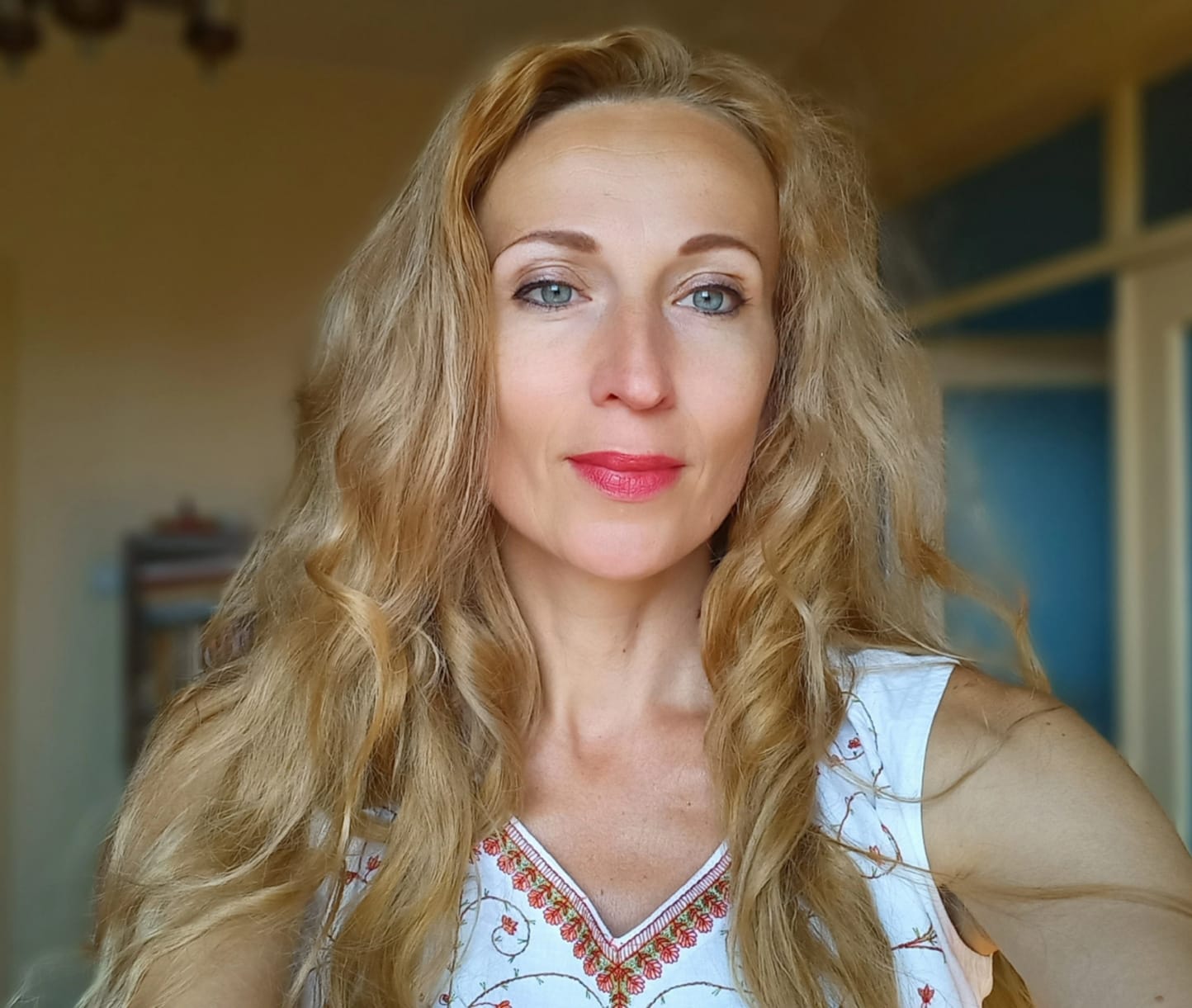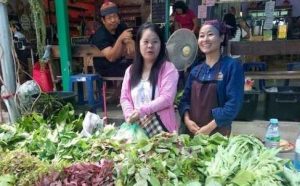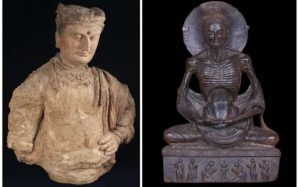
In the heart of the Buddhist republic of Buryatia there is a holy place with breathtaking panoramic views, a symbol of the indestructible Buddhist faith and the powerful connection between master and disciple. Its name, Datsan Rinpoche Bagsha, expresses an important aspect of Tibetan Buddhism: devotion to the guru. Datsan is a term used for monasteries in Mongolia and Buryatia. Rinpoche literally means “precious one,” and is used to express respect to reincarnated, respected, learned, and accomplished lamas and Dharma teachers. Bagsha is a Buryat word for teacher.
Datsan Rinpoche Bagsha was founded by the senior Gelug teacher Ven. Yelo Rinpoche (also known as Yeshe Lodoy Rinpoche), the abbot of the monastery, and by his closest disciple and assistant, the late Ven. Tenzin Legden (Tenzin Lama). Both master and disciple have been working tirelessly for the prosperity of the Buddhadharma in Buryatia and Russia.


Datsan Rinpoche Bagsha was established with the blessings of His Holiness the Dalai Lama in 2000. It is set on the slopes of Lysaya Mountain near the Buryat capital Ulan-Ude. The main purpose of the datsan is to preserve and spread the teachings of the Gelug school of Tibetan Buddhism. The monastery was opened to the public in 2004 after a six-meter bronze statue of Shakyamuni Buddha was installed in its shrine. A year later, eight stupas were erected on the grounds, symbolizing the enlightened mind of the Buddha. In 2009, the Bell of the Four Seals was installed.
I visited Datsan Rinpoche Bagsha in 2013 to participate in the symposium “Contemporary Buddhist Art: Traditions and Innovations” in Ulan-Ude. The forum was organized by the Department of Art History and Culture Studies of Ural Federal University (Ekaterinburg, Russia) and Datsan Rinpoche Bagsha. It took place in one of the two Golden Stupas of Reconciliation at the datsan, under the auspices of Yelo Rinpoche. During the intensive program of our short stay, I was deeply touched by the humble yet holy presence of Rinpoche and the devotional work of Tenzin Lama.


Image courtesy of the author
Both lamas were born in Tibet and have impressive biographies.
Yelo Rinpoche was born in 1943. At the age of three he was recognized as the fourth reincarnation of Yelo Rinpoche, and four years later he took monastic vows. He joined Drepung Gomang Monastery, part of the Gelug school, when he was 13 years old. In 1959, after the invasion of Tibet, Yelo Rinpoche left his homeland and went to India. In 1963, he took the vows of a fully ordained Buddhist monk (Tib: gelong) before His Holiness the Dalai Lama. In 1972, he entered the Central Institute of Higher Tibetan Studies in Varanasi, where he received the title acharya (lopon). Rinpoche subsequently worked in the Library of Tibetan Works and Archives in Dharamsala and continued his education at Drepung Gomang Monastery in southern India. In 1979, after intense study of Buddhist philosophy, Yelo Rinpoche attained the highest level of education in the Gelug tradition, known as geshe lharampa, equivalent to a doctoral degree and requiring 15 years of intensive study. In 1993, he moved to Buryatia where, together with his assistant Tenzin Lama, he has worked to establish and develop the datsan.
Tenzin Lama was born in 1962 in the village of Manasara, near the holy Mount Kailash. He met his root guru, Yelo Rinpoche, at the age of seven and has never been separated from for more than a short period. At the same age, he began his monastic training at Drepung Gomang Monastery, passing the exams for geshe lharampa in 1998. Tenzin Lama wrote the book Datsan Rinpoche Bagsha, publishedin2017, in which he explains the history of the monastery and the noble work of his teacher. Tenzin Lama passed away on 26 March 2021 at the age of 59. The official cause of death, according to the administration of the datsan, was acute heart failure, however several Russia media sources cited different reasons and circumstances for his passing.
Yelo Rinpoche performed a memorial service to honor Tenzin Lama on 14 May, the 49th day after his death (shegu). According to Tibetan Buddhist tradition, the period between death and rebirth lasts 49 days and involves three intermediate states (bardo): the painful bardo of dying (chikha ne cho kyi bardo), the bardo of ultimate nature (cho nyi osal gyi bardo), and the karmic bardo of becoming (sipa le kyi bardo), which continues until the connection is made with a new rebirth.


Image courtesy of the author
The prayer ceremony, led by Rinpoche, included a ritual called Lama Chopa Tsok, which honors the lama with extensive offerings to the buddhas and bodhisattvas, and leads to an accumulation of positive energy needed to progress along the spiritual path. It is a traditional prayer service performed on the 49th day, but it is quite rare to be led by someone’s guru. In fact, it is the dream of Tibetan Buddhist practitioners to die before their master and to receive his guidance and blessings during the intermediate state. In the Buddhist approach, life and death are seen as parts of a whole, in which death is the beginning of another chapter of life. It is difficult for the practitioner to know what comes with the next chapter but the hope for better rebirth is always there, along with the aspiration to meet again one’s precious teacher.
In all lifetimes, may I never be separated from the perfectly pure guru,
Utilizing the glorious Dharma to its utmost,
Perfecting all pure qualities on the stages and paths.*
* Lines of dedication from Namcho Daily Prayers.













